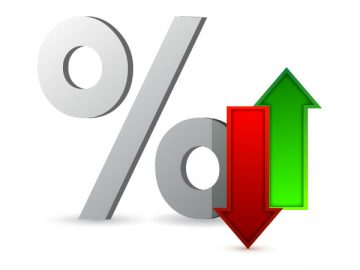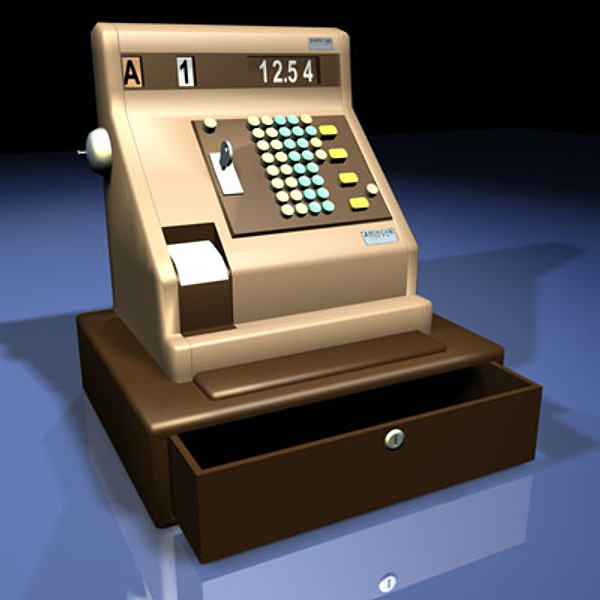Is UK state pension system broken?
- By : Business Bob
- Category : Money, News
- Tags: OAP, old age pension, pension, savings

Is the UK state pension system broken?
It started in 1909 when approximately 500,000 people aged 70 and over, who qualified, were given an old age pension of five shillings a week. That’s 25 pence – equivalent to £20 in today’s money.
The pension we have now by comparison is a very different from its original incarnation. Today, nearly 13 million people – men over the age of 65 and women currently over the age of 64 – receive the state pension. A full pension is around £160 a week (£8,300 a year) and one in seven pensioners – something like two million people – live on nothing else.
In the early 1900’s 500,000 people were entitled to a pension from a population of approximately 38 million (source: wikipedia.co.uk) Today 13 million draw a pension from a population of approximately 65.5 million people (source: worldometers). In percentage terms that’s about 20% of the total UK population drawing a pension in 2017 compared to about 1.2% drawing a pension in the early 1900’s.
Life expectancy since the 1900’s has increased dramatically and we are faced with a big problem, something we should have addressed a long time ago but didn’t and addressing it now makes it much more difficult. We have a longer life expectancy in our old age and so the age at which we can draw a pension has to be increased.
It costs more than £100 billion a year – just pause and take a longer look at that figure for a moment… £100,000,000.00 It’s a huge amount of money. These costs are set to rise dramatically in the coming years. It is estimated that the cost will double to £200 billion by the mid-2030’s (that’s only twelve years away) and double again to £400 billion in the 2050’s. This is without the expense of supporting a dysfunctional welfare system too and extra money for care of our elderly.
We may be living longer – but this isn’t necessarily of good quality of life. An extra burden is being placed on our welfare system to cope with failing health as we live longer and become more infirm in our old age. Benefits, pensions, welfare and additional health care are straining our already stretched and inadequate system.
From 1940 to 2010 the state pension age didn’t move at all. In 1940 it was 60 for women, 65 for men, this remained the same until 2010 then we were shocked as the age at which we could draw a pension jumped to 67! Successive governments have ducked and dived their responsibilities and ignored the potential pension time bomb! Obviously it couldn’t remain this way for very much longer – something had to be done.
As a nation we have to ask ourselves some searching questions – can we truly afford a state pension based on the current system or is the system broken? Remember that £200 billion will be required by 2030 – that;s just over a decade away – where is that money coming from?
Questions
Do we have a right to a state pension? Should we all be paid one? If so should it be paid on a scale? Should it be based on the more we pay in – the is more paid out? Should it be based on contributions? Should we pay more on a statutory scheme to prepare for our future – that is a higher proportion of our salaries paid in to a pension savings scheme? Or do we pay too much tax? What exactly is national insurance in todays world – what does it N.I. mean now? Do we already pay enough in taxes? Should we all contribute to a savings plan for example?
I’ll come back to this in a later post.























No Comments